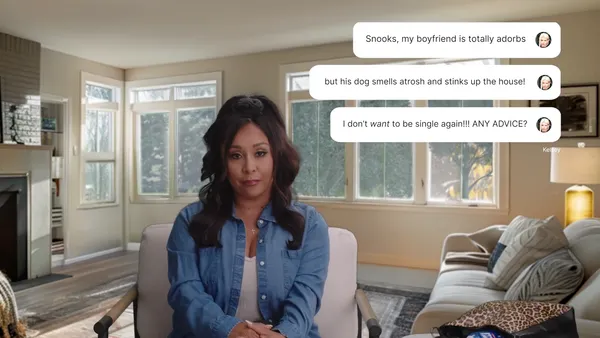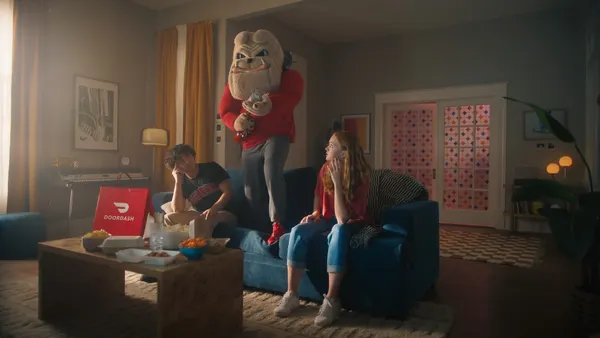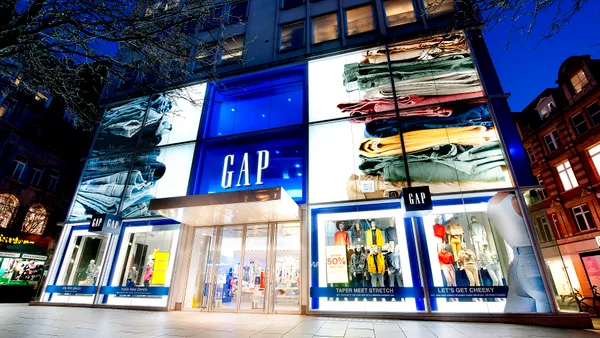Dive Brief:
- Stoli Vodka launched a global campaign, "Loud and Clear," featuring music from the Oscar-winning composer Hans Zimmer and the Emmy and BAFTA-nominated composer Lorne Balfe and which was shot by the director Rachel Morrison, per a news release.
- The campaign was shot in the Ukraine and shows real people celebrating and embracing their identities with conviction. The effort includes TV, digital, social and print elements focused on Stoli's message: "whatever drives you, make it bold, make it last, make it loud and clear."
- Loud and Clear also features print creative photographed by Rankin in London with graphic design by artist Tyrsa, who created a new font, Stoli Brush, for the print ads. Fans can download the font and use it for free.
Dive Insight:
Visual elements like design and typography can show off a brand's personality and impact consumer perceptions, and Stoli is embracing that fact by partnering with a number of high-profile artists on a campaign that encourages people to be loud in expressing what makes them unique. The spirits brand making its signature typography downloadable and shareable opens opportunities for user-generated content in meeting these goals.
As the popularity of communications channels like mobile and digital continue to grow, and with them newer langauges like emojis, stickers and hashtags, marketers are placing a greater focus on typography as a way of telling their brand's story and conveying a distinct persona.
The key to a successful font is scalability. Airbnb recently unveiled a custom font called "Cereal" to unite its visual elements across a variety of channels, from large-scale billboards to small-scale applications on smartphones, according to Adweek. Stoli also has a recent history of visually-centered campaigns, such as itsits "Vodka MasteRED" partnership with 20th Century Fox to promote the thriller "Red Sparrow," which included Instagram and Facebook content tied to the film.
The Loud and Clear campaign being centered on identities and individuality might have an impact on millennials and older Gen Z consumers — at least those that are of legal drinking age — that tend to care about these issues.












